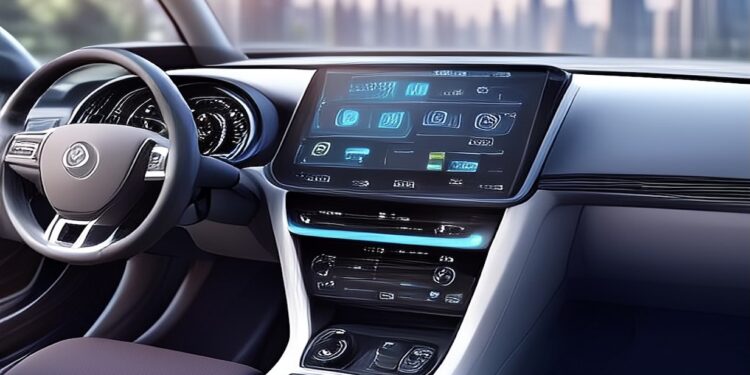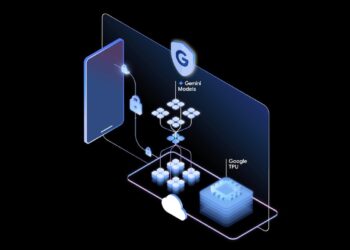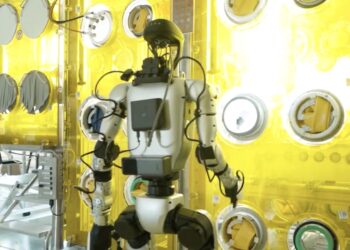In this high-technological era, when we go to buy a car, our decision no longer revolves only around the engine capacity, colour, design, mileage, or size. Increasingly, tech-savvy consumers expect their cars to be fully integrated with software-enabled functions and digital features that define the driving experience.
They check and compare various features, including infotainment systems, smart dashboards, connected apps, voice assistants, remote controls, and Over-the-air (OTA) updates.
What are Software-defined vehicles (SDVs)
Software-defined vehicles (SDVs) are a new major development in the automotive industry. SDVs depend on robust computing systems with continuous, adaptable features. Providers can update vehicles’ software via the Over-the-Air (OTA) method, similar to smartphones. They can fix bugs, add new apps or features, or improve performance without asking buyers to visit the service centre.
Similar to Tesla, updates can enhance acceleration, improve battery management, or introduce new entertainment apps via OTA.
The concept of the SDV truly came to life with the Tesla Model S around 2015. Unlike traditional cars, where software merely controlled certain functions, the Model S was built around software as its core. It featured OTA updates, a centralised computing system, and connectivity.
Since then, automakers worldwide, including Volkswagen, Mercedes-Benz, Hyundai, and Tata Motors, have embraced SDVs, making software the central pillar of modern vehicle design and functionality.
The importance of Software-Defined Vehicles (SDVs)?
Software-Defined Vehicles are important because they transform cars from fixed mechanical-electrical machines into evolving digital ecosystems, smarter, safer, more efficient, and constantly upgradable. SDVs mark a major shift in how cars are designed, built and experienced.
Traditional cars age the day they’re sold. SDVs, on the other hand, get updates over time through over-the-air software updates. Since functions are software-controlled, new features can be quickly developed and deployed, similar to mobile apps.
SDVs are regularly connected, enabling real-time navigation, diagnostics, entertainment, and cloud-based services. This connection also lets automakers offer personalised, data-driven experiences for drivers.
Every user can have their own driving profile, which allows them to adjust seats, mirrors, lighting, and infotainment automatically. This level of personalisation creates a more enjoyable, user-centric driving experience.
As cars become connected, SDVs include built-in cybersecurity frameworks that can be updated as threats evolve — ensuring long-term protection.
What Next
Software now drives innovation, controlling everything from performance and safety to entertainment and personalisation. Cars are evolving into intelligent, connected ecosystems that learn and adapt to drivers in real time.
Centralised computing replaces dozens of ECUs (Electronic Control Units), enabling faster processing and integration.
Artificial intelligence in SDV will be able to analyse driver behaviour, traffic conditions, and surroundings in real-time. The system will learn your routines, predict routes, adjust climate automatically, and even suggest safer or faster paths.
Sustainability will benefit as SDVs optimise energy use and predictive maintenance reduces waste.
Automakers will shift from selling cars to offering software-driven mobility experiences. In the near future, the most valuable part of a car won’t be its engine; it will be its software.
Also Read: Your Face, Your Data: The Hidden Risks of Uploading to AI Tools























